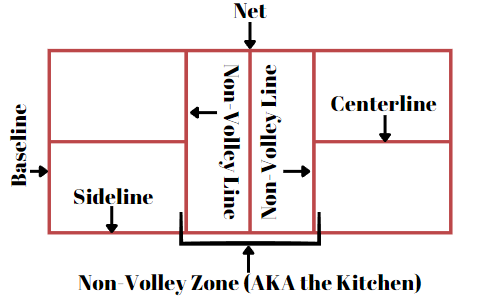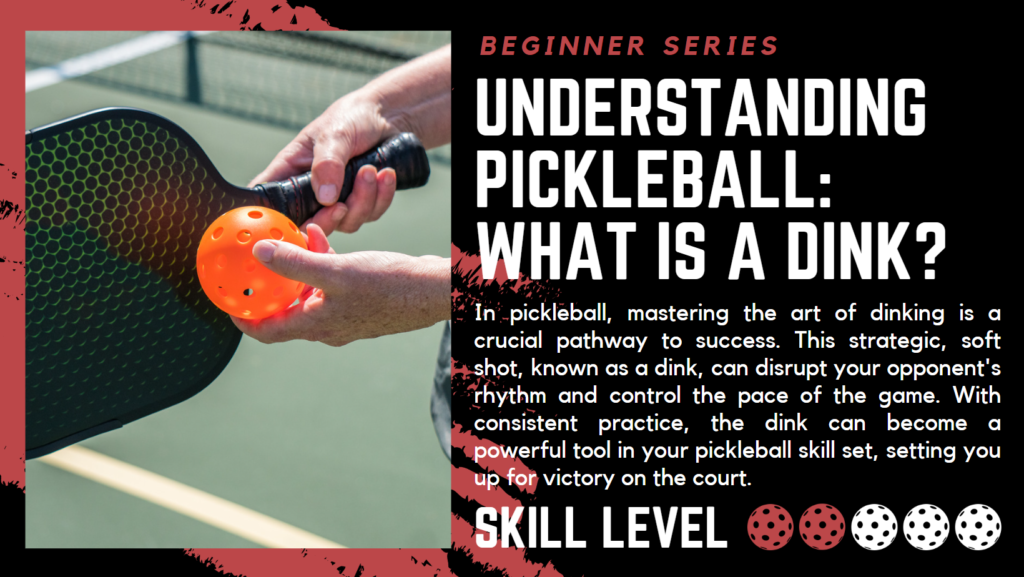
Pickleball’s No Volley Zone: What, Where, and Why
Step onto the pickleball court with a newfound understanding as we pull back the curtain on pickleball’s No Volley Zone. Gain insight into the rules that define this zone and learn why they are so integral to the sport.
Pickleball, the fast-paced, fun-filled game that’s rapidly gaining popularity, has a few unique rules that set it apart from other racquet sports. One of these rules centers around a particular area on the court known as the No Volley Zone (NVZ), also affectionately known as “the kitchen”. Understanding this zone is key to mastering pickleball and enhancing your gameplay. In this article, we delve into the what, where, and why of the No Volley Zone.
What is the No Volley Zone?
The No Volley Zone is a seven-foot area extending from the net on both sides of the pickleball court. Within this zone, players are prohibited from playing volleys, that is, hitting the ball before it bounces. This rule is sometimes known as the “non-volley” or “kitchen” rule, adding to the unique terminology that characterizes pickleball.

Where is the No Volley Zone?
The No Volley Zone is located directly adjacent to the net on each side of the court. It extends seven feet back from the net, spanning the width of the court. This area is typically marked by a different color or line on the court surface, distinguishing it from the rest of the play area.

Why is the No Volley Zone Important?
The No Volley Zone plays a crucial role in the strategic aspect of pickleball. Its presence prevents players from standing directly at the net and aggressively volleying every shot, which could potentially make the game one-sided. It promotes a balanced gameplay, where a mix of soft dinks and hard volleys are required. Understanding the No Volley Zone is essential for both defensive and offensive tactics, and mastering its use can significantly elevate your game.
Strategies for Playing in and around the No Volley Zone
Navigating the No Volley Zone effectively can be a game-changer. One effective strategy is to use the dink shot, a soft shot aimed at landing the ball in the opponent’s NVZ. This forces the opponent to either let the ball bounce, or back away from the NVZ to volley it.
Another tactic is to patiently wait for an opportunity where your opponent hits a ball high enough in the NVZ, where you can then smash it back for a potential winner.
For more on what a pickleball dink is and how to get started practicing it click below.
Conclusion
Understanding the No Volley Zone in pickleball is a critical aspect of improving your game. Its strategic importance cannot be overstated. By gaining a solid grasp of the rules, misconceptions, and strategies related to the NVZ, you can elevate your pickleball performance to new heights. Whether you’re a beginner or a seasoned player, remember that mastering the NVZ is a journey that comes with practice and experience. By integrating these guidelines and strategies into your game, you’re setting yourself up for success.

